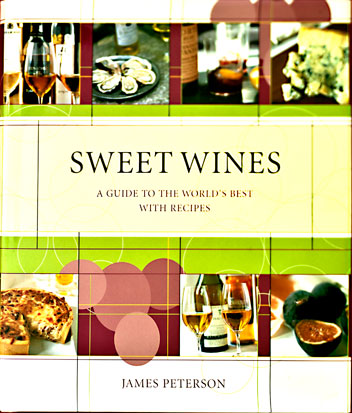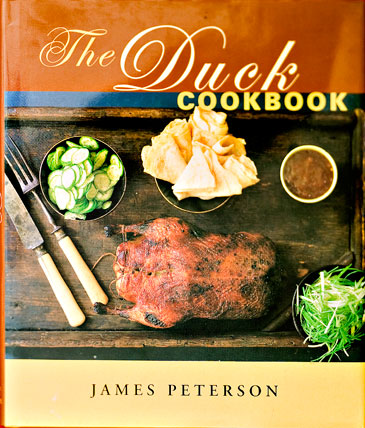Even though it’s a fairly simple concept, the notion of contrast is sometimes hard for people to grasp.
Photographers are always talking about contrast or about an image being “contrasty.” What does this mean?
Contrast is the difference in the amount of light coming off different parts of a scene. Imagine, for example, an object—say a person—being lit on a cloudy day. The light will be diffuse instead of directional and there will be no shadows. Such a scene is said to be low in contrast. On the other hand, imagine an object being lit by the sun, say as the sun is setting so it casts a hard shadow. In this case the difference in the amount of light bouncing off one side of the subject is much different than the light bouncing off the other side, say the shadow side. In other words, the shadow will be very dark and the lit side of the object, very bright. Such a scene is said to be high in contrast or “contrasty.”
Either of these situations can present its own problems. The cloudy day shot may be too soft, with little difference between the darkest and lightest parts of the photograph. The high contrast shot is even more likely to be problematic because of the way cameras see.
Human beings are able to take in very high contrast scenes and see details in both bright areas and dark areas. This is, in part, because our pupils dilate or contract to adjust to the amount of light while a camera is set to one aperture opening per image. The problem facing the photographer is to get the camera to show detail in both “highlights” and shadows. In landscape situations, there’s not much the photographer can do except perhaps use a graduated density filter to mute the brightness of a sky or use a polarizer to decrease haze and increase saturation. (Black and white photography is a different matter.) The still life photographer, on the other hand, has many options for controlling light. If the shadows are too dark, she can lighten them with a fill card or use a scrim to filter the bright light so that the bright side is less bright. When the light area is less bright, the photographer can open up slightly and thus expose the shadow correctly.
I know this is a mouthful, but the point in high contrast situations is to decrease the difference between the bright areas and the shadows. If the difference is too great, the camera won’t be able to capture detail in both the bright areas and the shadows—one will have to suffer.
Photographers usually talk about contrast in terms of stops. A stop is relative unit of light. In other words, it always expresses a difference rather than an absolute. For example, one would never approach a scene and say “oh, that’s 2 stops of light.” But one would say “oh, that’s 2 stops of light darker than it was.” A stop represents either half the amount of light or twice the amount of light. In other words, if I say to open up 2 stops, I’m letting in 4 times the amount of light. If I say to close down a stop, I’m blocking half the light so the light is half as bright.
A brightly lit scene might contain a range of 11 stops while a camera can typically reproduce only 9. To reproduce the scene accurately, it’s necessary to reduce the difference in brightness between the “highlights” and the shadows by 2 stops.
Regardless of the contrast of the scene, most images need a contrast boost in Photoshop before they’re ready for publication.


